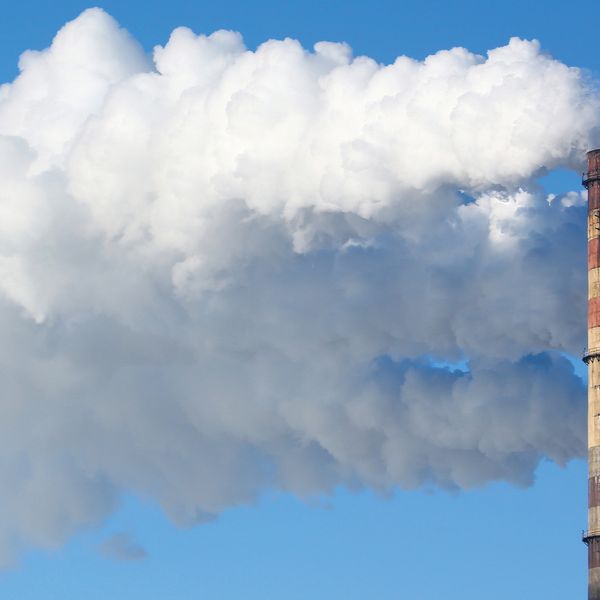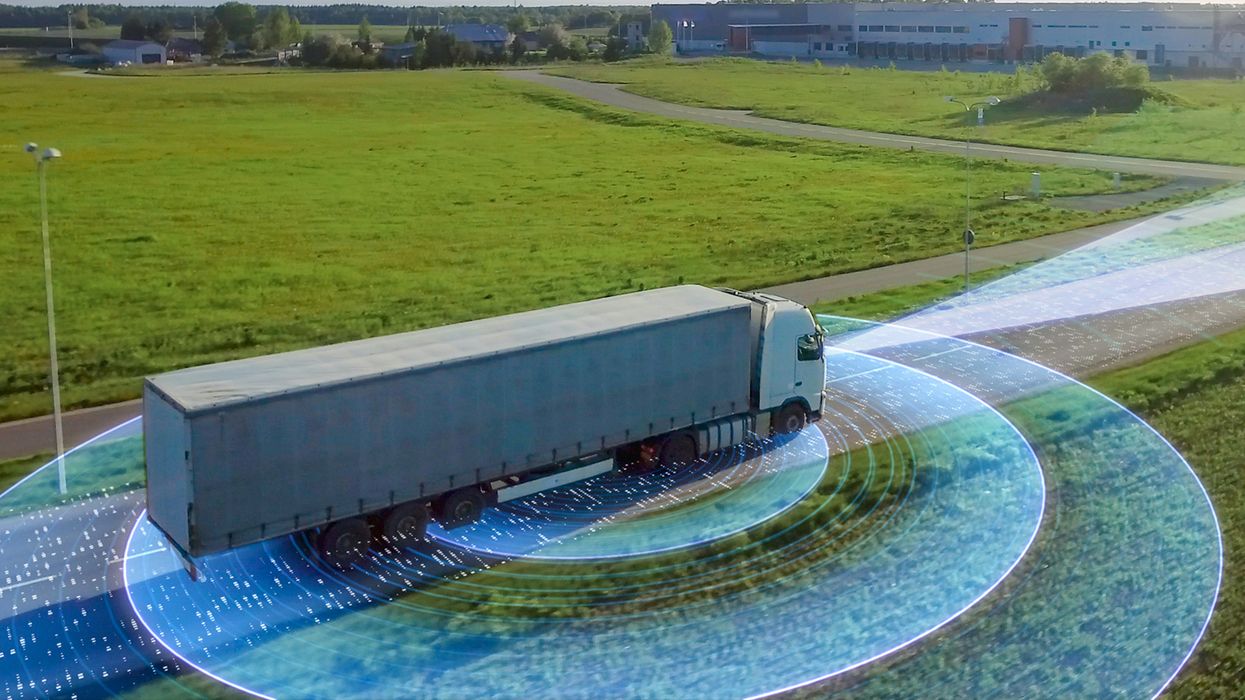2020 greenhouse gas reporting data showed continued downward trend
Data collected by EPA’s Greenhouse Gas Reporting Program (GHGRP) shows that reported greenhouse gas (GHG) emissions from large industrial sources in 2020 were approximately 9% lower than the previous year.
While the decrease in GHG emissions is reflective of long-term industry trends, it is also due in part to the economic slowdown caused by the COVID-19 pandemic. It marks the eleventh year of data collection for most sectors under the GHGRP, which gathers information on direct emissions of GHGs from the largest stationary sources in the United States. This represents approximately half of total U.S. emissions and includes major industrial sources including power plants, landfills, iron and steel mills, and oil and gas production.
More than 8,100 large facilities reported emissions to the GHGRP in 2020, and EPA highlighted several points gleaned from the data:
- Power plants were the largest stationary source of GHG emissions in the U.S. in 2020, with 1,339 facilities emitting about 1.5 billion metric tons of carbon dioxide. This represents a 10% decline between 2019 and 2020, and a 33% decline since 2011.
- Petroleum and natural gas systems were the second largest stationary source of emissions with a reported total of 316 million metric tons of GHG emissions. This represents a 9% decline from 2019 totals, but a 11.6% increase since 2016, the first year that included comparable data for this sector.
- Large sources in the industrial and waste sectors reported a combined 2,286 million metric tons of GHG emissions in 2020, a decline of 8.9% from 2019 and a decline of 26% since 2011. Emissions reductions were reported in all sectors, with the largest reductions in the metals, oil and gas, and refineries sectors. EPA notes this reflects a reduced demand for vehicles and gasoline amid COVID-19.
In addition to releasing the 2020 GHG reporting data, the GHGRP also noted the addition of a demographic mapping layer to EPA’s online tool for presenting the data. Called the Facility Level Information on Greenhouse gases Tool (FLIGHT), this mapping layer uses census tract information drawn from EPA’s EJSCREEN environmental justice screening and mapping tool. GHGRP is also releasing a dashboard of interactive maps, graphs, and charts to allow greater insight into demographics of communities potentially impacted by reporting facilities.
Key to remember: EPA data demonstrates a continued downward trend in GHG emissions across the U.S., and the agency’s Greenhouse Gas Reporting Program is releasing new mapping and demographics tools alongside publication of the data to provide additional insights and analysis.


















































